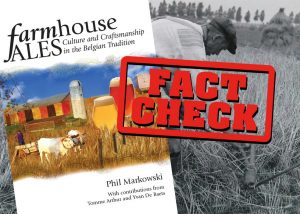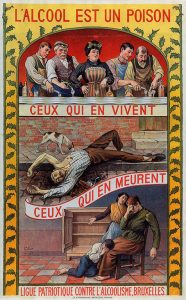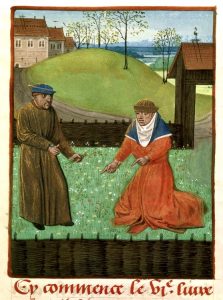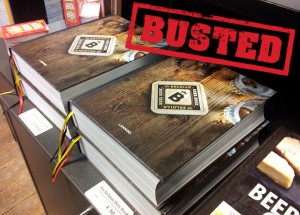Fact check: the 112 litre ‘Jopen’ barrels
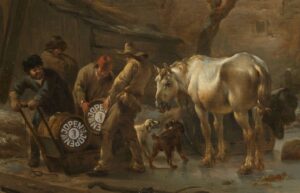 Congratulations to Jopen in 2014: it was exactly thirty years ago that this brewery released its first beer, and the taps are still running, in their home town Haarlem. An occasion to celebrate! However, where does that name ‘Jopen’ come from? From the Medieval 112 litre barrels in which Haarlem beer was shipped, as the story goes. So let’s fact check that. (more…)
Congratulations to Jopen in 2014: it was exactly thirty years ago that this brewery released its first beer, and the taps are still running, in their home town Haarlem. An occasion to celebrate! However, where does that name ‘Jopen’ come from? From the Medieval 112 litre barrels in which Haarlem beer was shipped, as the story goes. So let’s fact check that. (more…)






